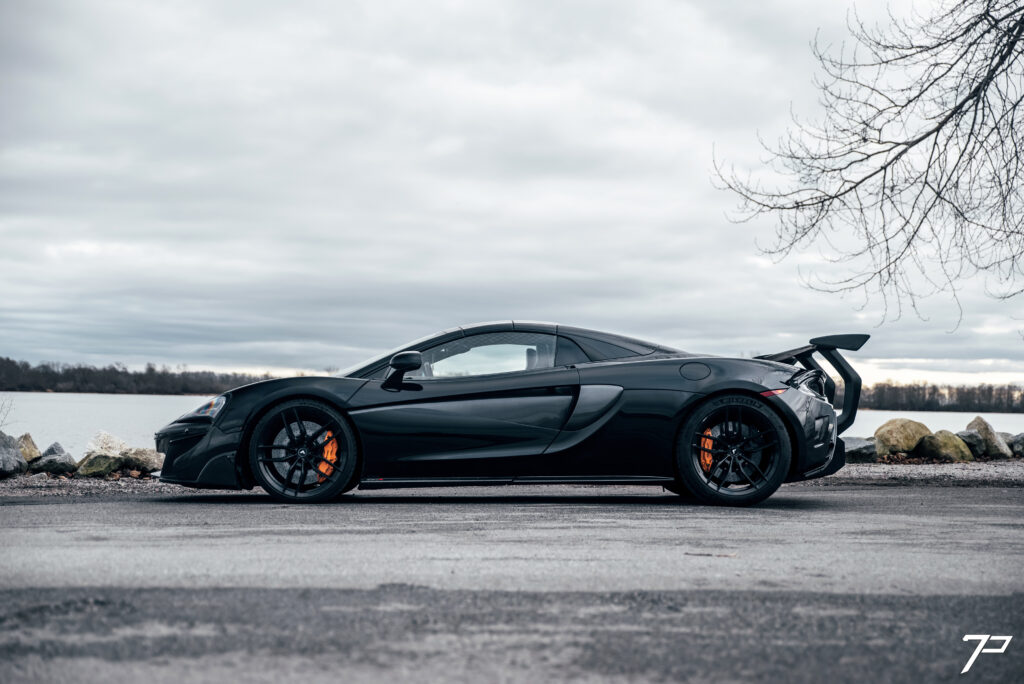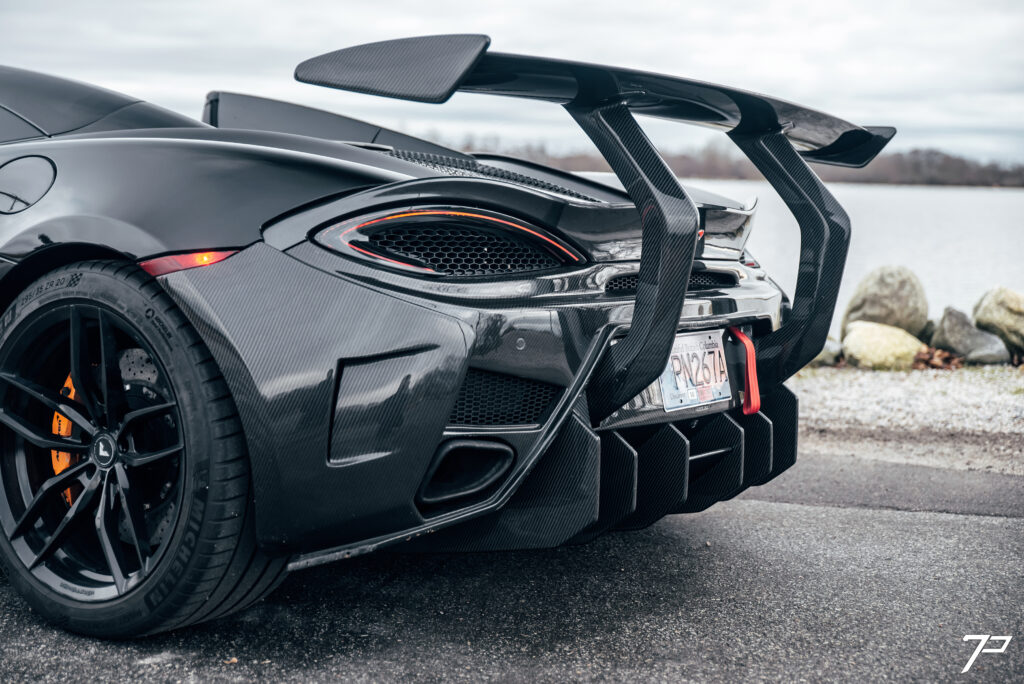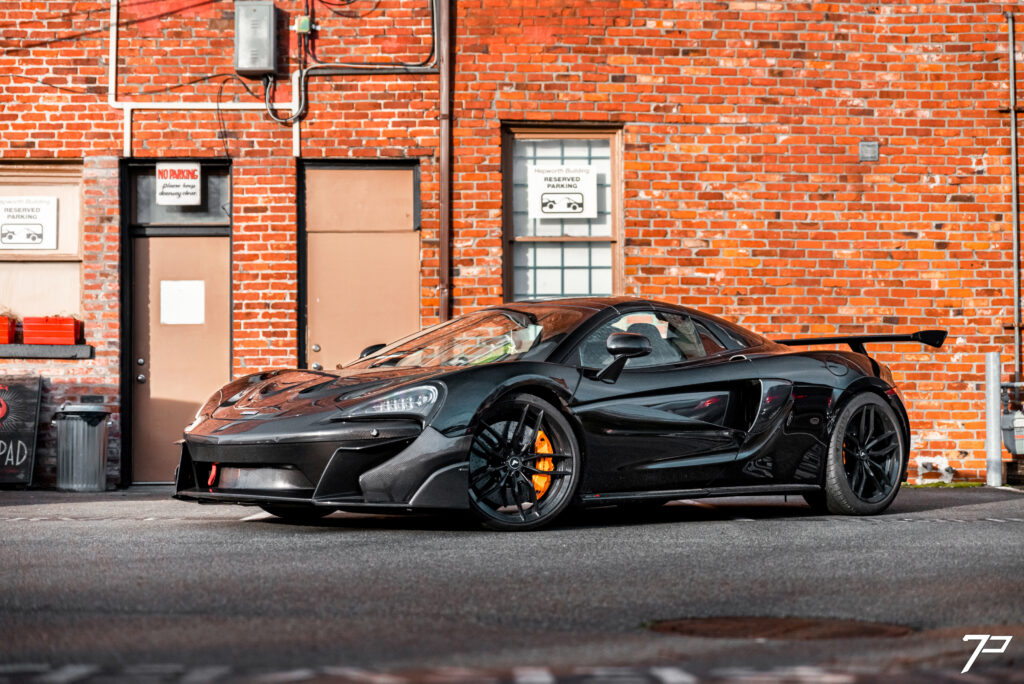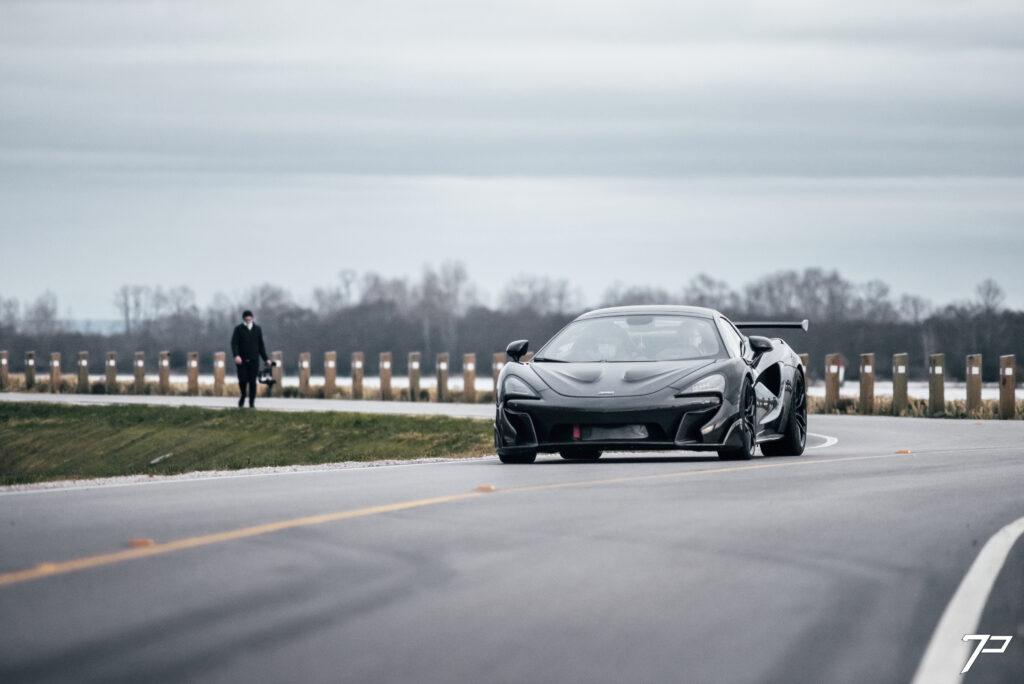Great Britain’s motoring history is undoubtedly unique. Brands such as Aston Martin, Bentley, Austin-Healey and Triumph have dominated headlines and race tracks. However, while that was occurring, Mclaren Racing was taking podiums on the international stage of Formula 1. It later culminated in the debut of the original F1 road car close to thirty years ago. Mclaren’s racing team has become one of the oldest and most successful teams in F1, only playing second fiddle to a well-known brand from Maranello. The engineering prowess has been harnessed for a new division fixated on producing technically-advanced supercars that would make anyone hot around the collar.

We’ve covered the new brand’s first model in a previous article. Since the initial MP4-12C – an entire lineup has made its debut, with the 570S being the smallest of the bunch, weighing in at 1452kg (3201lbs). The supercar aims at well-known supercars such as the Porsche 911 Turbo, Nissan GT-R Nismo, Audi R8 V10 Plus, and others. We can thank the team’s good friend David for entrusting us with the keys to his 570S Spyder.

Beneath the skin, a carbon-fibre tub as the passenger shell and extruded aluminum subframes attached to both ends, onto which aluminum body panels are affixed. The Spyder adds a unique two-piece folding roof (also using aluminum panels) that stows into a compartment behind the cabin. Surprisingly, the new roof mechanism only adds 46kg (101lbs) over its coupe counterpart and negates the need for additional reinforcement thanks to its initial rigidity. LED headlights and taillights highlight its teardrop shape (like a compact-sized P1) with venting to move airflow through heat exchangers and manipulate it for better aerodynamics. The 570 couldn’t be left simply stock, improved cooling was added in the form of a vented front trunk from 1016 Industries. The P1-inspired trunk lid is further complimented by a Vorsteiner aero kit, complete with splitter, diffuser and high-mount rear spoiler with chassis mounted uprights.


The most important aspect of this road-going Mclaren is its heart. An all-aluminum 3.8 litre V8 equipped with twin turbochargers and is mated to a 7-speed dual-clutch transaxle produced by Dana Graziano. Despite Mclaren building the engines in-house, they have surprising origins. The V8 is derived initially from Nissan’s VRH series that powered cars such as the R390 GT1, featuring a flat-plane crankshaft and dry-sump lubrication, giving it a signature sound. Similar to the 650S (another model in the Sports Series), this eight-cylinder produces 562hp and 443lb/ft of torque. All that power propels the 570 from 0-100km/h (62mph) in 3.2 seconds, through the quarter-mile in 11 seconds flat, and onto a top speed of 328km/h (204mph).


Working to be at the forefront of innovation, Mclaren needed the chassis and suspension to respond well to the power provided. So it employs double-wishbone geometry at all four corners. Though it uses conventional coil springs, traditional shock absorbers and sway bars have been binned in favour of a hydraulic system dubbed “Proactive chassis control system” that can adjust in milliseconds to adapt for certain load conditions and keep the 570 level during cornering, with all of that power on tap, the braking capability of the 570S needed to be up the task of bringing the car to rest. Multi-piston aluminum calipers paired with large diameter carbon-ceramic discs (370mm front, 350mm rear) provide adequate capabilities for bringing your stomach up to your chest, should the need arise to slow down. Uniquely, the Mclaren also uses its braking system to put the power down through corners with a feature dubbed “Brake Steer.” Rather than using a limited-slip differential, the 570S applies mild braking to the inside wheel during a turn to help point the nose into the apex and allow it to turn more quickly.

David has found his 570S quite reliable contrary to popular belief, spending less time in the service department than his Murcielago SV. The 570, along with the rest of the Sports Series range, has unfortunately been discontinued to make way for new models such as the Artura and its hybrid powertrain. Bringing Mclaren into a new realm of technology and innovation.

